If you own birds or are thinking about getting some, be they poultry or just pets, you need to know about mealworms. Mealworms are one of the most important nutrient-rich and energy-dense food sources for many bird species, both wild and domesticated.
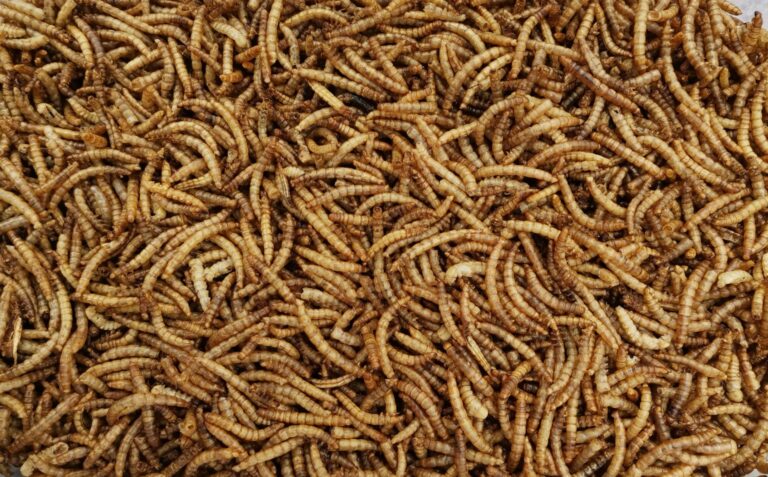
With tons of protein, healthy fats, vitamins, minerals, and more that birds need, it’s harder to do better than mealworms as a snack or dietary supplement. And, not surprisingly, many, many kinds of birds eat them. In the list below I’ll be telling you all about which bird species love mealworms…
Chickens
Of course, chickens eat mealworms. Chickens eat just about anything! But jokes aside, chickens are omnivores and that means that they eat a variety of plant matter and animal protein.
Mealworms rate very highly on their list of food preferences, and you can ask any keeper that has owned chickens for a while and they will confirm it.
Chickens go crazy for the little wriggling things, and that makes them wonderful not only for giving them a boost of energy but also for incentivizing them to come to you. Mealworms as a treat can make managing a flock a lot easier.
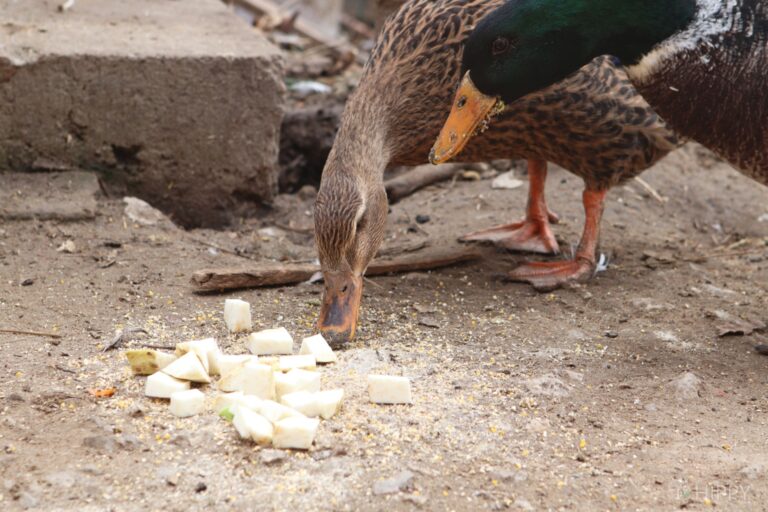
Ducks
Ducks, like chickens, are omnivorous but compared to chickens they tend to eat a lot more plant matter. That said, many kinds of insects (and that includes mealworms) still rate highly for them.
Mealworms are an especially good source of protein for ducks since they might struggle to get it from other plant-based foods.
Also, keep in mind that ducks will need a source of water nearby for eating mealworms, whether they are alive or dead. They will skim them off the water or pick them up, dip them, and then swallow.
Geese
Geese have diets that are a lot like those of ducks, predominantly vegetarian but still capable of eating various kinds of animal protein, insects and small aquatic animals being most important.
Mealworms are a great supplemental option or snack for geese because they tend to be so much bigger and have higher calorie requirements compared to ducks and chickens.
These worms are very important when geese are molting or laying eggs because they’ll need tons of calories, protein, and calcium- something that mealworms provide in abundance!
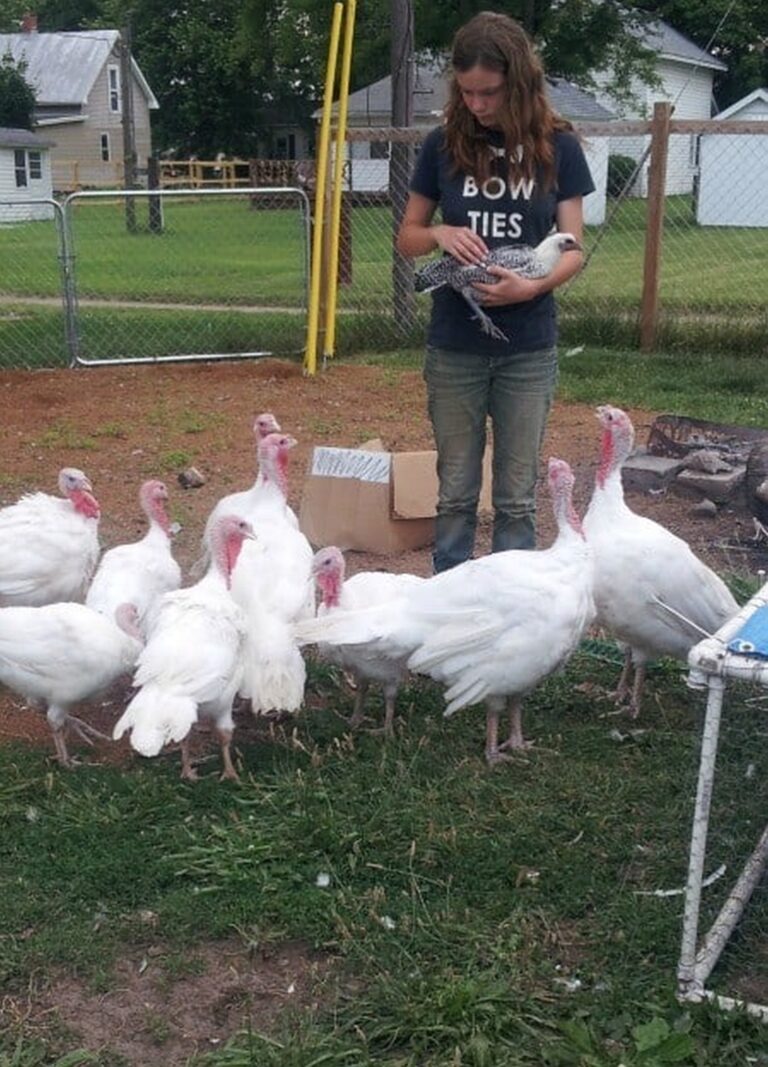
Turkeys
Just about the biggest domestic birds that most people would think of keeping, turkeys are large and in charge and tend to rule the run when kept in mixed flocks. Turkeys are a lot like chickens concerning their diet, being highly omnivorous and eating a tremendous variety of foods.
Naturally, they scratch around looking for bugs and other tasty morsels, and they love finding nothing more than mealworms.
Scattering mealworms, especially live ones, for your turkeys, is a great way to keep them moving and give them a little bit of enrichment while also providing important nutrition.
Like geese, these birds are big and have significantly higher protein and calorie requirements so mealworms are always a good choice.
Swans
Gorgeous, graceful, and notoriously aggressive, swans are a lot like other waterfowl in terms of preferred foods. Mostly vegetation, but some choice animal protein in the form of fish, amphibians, snails, slugs, and of course insects.
Surprise here, if swans can find them, they’ll be more than happy to gulp down some mealworms, and compared to other poultry, they can eat a lot more without getting off track nutritionally.
Guineas
These loud, hardy, and exotic (in the US at least) birds are expert foragers and scavengers, and can provide most of their own food if you have a large parcel that they can roam on to explore.
Their diet is quite similar to chickens, and I eat all sorts of plant material like buds, grass, seeds, roots, shoots, and so forth along with protein in the form of insects, small mammals, and anything else they can catch that looks tasty.
Mealworms are a supreme supplementary option for their diet that is best mixed with other foods or given to them as treats periodically. And as with chickens, mealworms are a wonderful supplement for laying hens, so keep them handy.
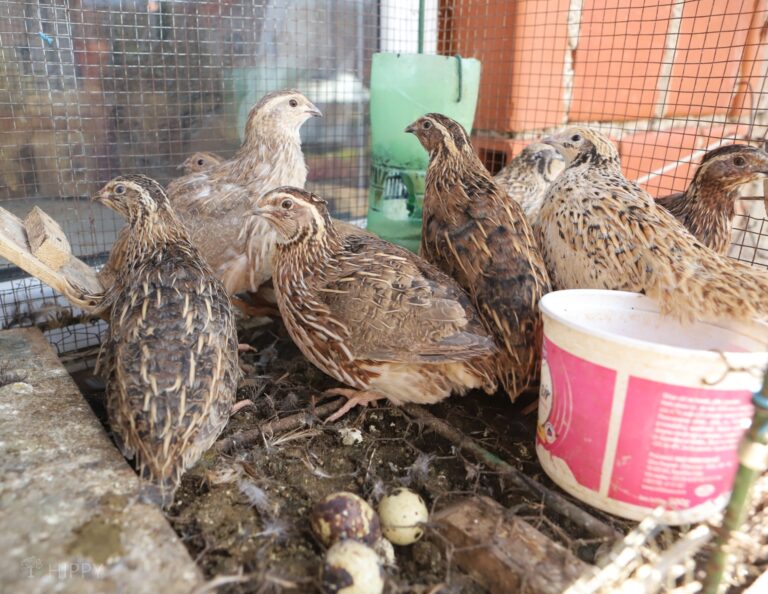
Quail
Believe it or not, quail are becoming increasingly popular throughout the United States as poultry. The birds themselves are tasty, and they lay tiny but delicious eggs.
The birds themselves are also incredibly small and much easier to keep on a small property or in a confined run compared to chickens, because they simply don’t need as much room.
Like many other birds on our list, they are omnivores, but quails particularly need lots of insects in their diet, and mealworms are not only one of their favorites but also a tremendous source of nutrition for them.
Mind the quantity, because quail don’t need nearly as many as the other birds we’ve talked about so far.
Mockingbirds
Mockingbirds are best known for imitating these songs and calls of many other different bird species and even entirely unrelated sounds. They can also imitate people, so maybe that’s not a ghost you hear out early in the morning and late in the evening!
Mockingbirds eat lots of berries, seeds, and other plant matter, but they also dine on insects as they’re highly opportunistic feeders.
Mealworms are an important protein source for them, especially for individuals living in urban and suburban areas.
Take note that mockingbirds are also surprisingly territorial and aggressive, and might fight other birds if you put out mealworms for them.
Waxwings
Waxwings are gorgeous songbirds with alluring songs and often they move around in huge, social flocks. Although they’re best known as fruit eaters, insects of all kinds, including mealworms, are very important to them during the breeding season.
They sometimes turn up in gardens and around crops in huge numbers, but you can spot individuals and smaller gatherings in and near wooded areas, especially ones with fruit-bearing trees.
Bluejays
Intelligent, garrulous, and opportunistic, blue jays are extreme omnivores, eating basically anything that they think they can swallow, including the eggs of other birds, hatchlings, reptiles, and every kind of insect.
They’re one of the most common backyard birds, and they’ll be more than happy to try to lock down a source of mealworms if you care to put them out.
Woodpeckers
I always love to hear that chattering knocking of a woodpecker wailing away on a tree trunk. Except, of course, when it’s doing it first thing in the morning and I’m trying to sleep.
Anyway, woodpeckers eat predominantly insects, especially ones that live and grow inside trees they also eat fruit, nuts, even some kinds of sap. All kinds of insects are on the menu, too, as foods of opportunity and that includes mealworms.
Robins
Robins are one of the most common backyard birds seen in the eastern half of the United States and they have a hugely very diet. Berries, other kinds of fruit, and vertebrates like snails and slugs, true worms, and of course bugs and insects.
Mealworms are a common prey item for them, and a good way to attract robins to your backyard is by scattering a few along with birdseed blends featuring fruit and/or nuts, too.
Crows
Crows get a bad reputation, but these incredibly intelligent and highly social birds form complex and long-lasting social and familial bonds. They’re also omnivorous, being corvids like blue jays and ravens.
Crows are always more than happy to eat insects of all kinds, mealworms included, along with meat from carcasses, small reptiles, and a lot more.
Ravens
Ravens, like their crow and blue jay cousins, are extremely intelligent, omnivorous and highly opportunistic feeders.
They’re much larger than either and require correspondingly higher amounts of calories and protein to stay healthy and active. This makes mealworms a high-value part of their usual diet, along with many other insects besides.
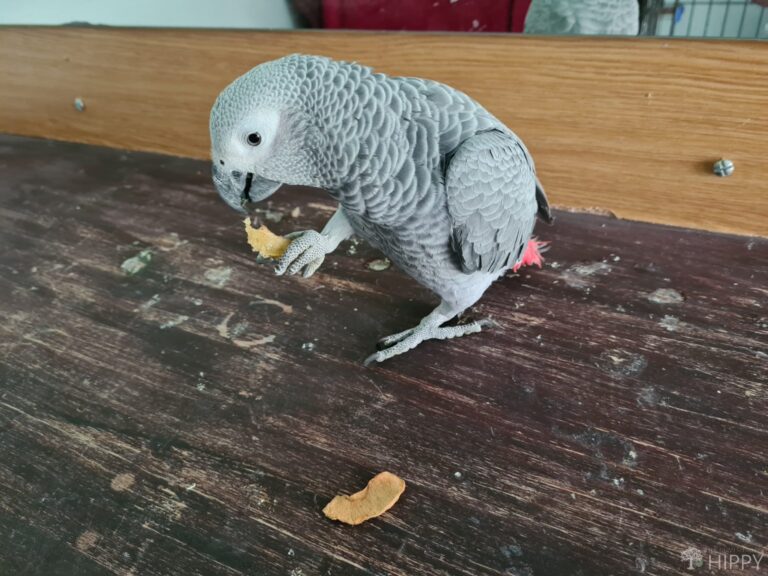
Parrots
Parrots are a group of tropical and subtropical birds known for their very colorful plumage and large, powerful beaks that allow them to process all kinds of foods.
Many subsist on a diet of nuts, fruit, and other plant matter but insects like mealworms, beetles, grubs, etc. are also important dietary items.
Warblers
Warblers, as a group, typically have a diverse diet consisting of various insects and arthropods, though some will eat differing amounts of nectar, fruit, and other plant matter. They are a common sight in gardens, wooded areas and wetlands.
These birds are highly active foragers, meaning they are sharp hunters of insects. That means mealworms are always on the menu, and if you want to attract warblers putting out live or dried mealworms is a great way to do it.
Wrens
Wrens are a lot like the warblers I just mentioned, and they eat a diet consisting of many insects and other small critters, and a small amount of plant matter.
They’re also common backyard birds and, sometimes, home Invaders due to their propensity to nest in inconvenient, interior places. They aren’t shy about trying to run people off, either!
Mealworms, particularly small ones, are highly enticing to wrens, and a great way to get them to stick around. However, be ready for fights because these birds are highly territorial.
Thrashers
These large songbirds are often seen, as the name suggests, scratching and scraping vigorously in dirt, clutter, and other detritus looking for insects. When they aren’t picking off those defenseless critters, they also eat berries and seeds.
Mealworms are a normal part of their diet in any regions where they are commonly found, though they are less likely to get them in dry places.
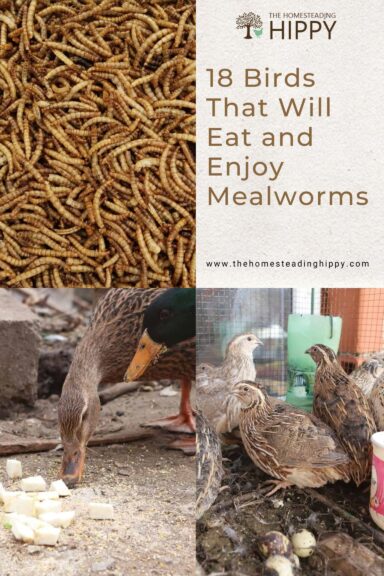
Tim is a farm boy with vast experience on homesteads, and with survival and prepping. He lives a self-reliant lifestyle along with his aging mother in a quiet and very conservative little town in Ohio. He teaches folks about security, prepping and self-sufficiency not just through his witty writing, but also in person.
Find out more about Tim and the rest of the crew here.
